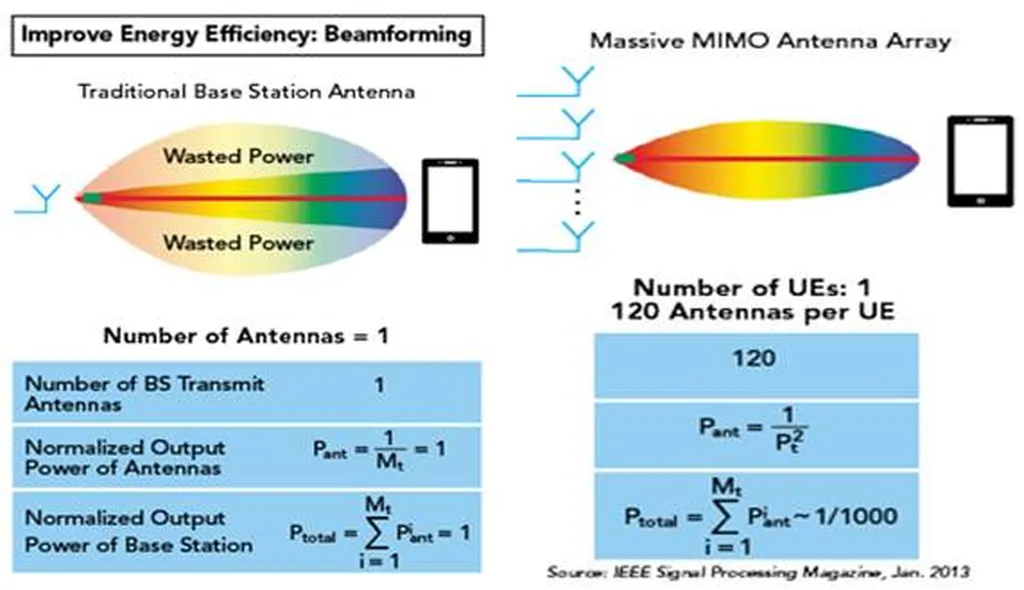In the quest for greener and smarter urban transportation, a groundbreaking study published in *Control and Intelligent Technology* (Kongzhi Yu Xinxi Jishu) has introduced a novel approach to subway energy systems. Led by Yilong Duan, the research explores the application of energy routers in urban rail transit, promising to revolutionize how subways manage and distribute energy.
Current subway power supply systems often fall short of meeting modern efficiency and sustainability standards. Duan’s research highlights the potential of energy routers—key components of the energy internet—to address these challenges. “Energy routers offer openness, interconnectedness, and flexibility, which are crucial for enhancing the performance of subway energy systems,” Duan explains. By integrating distributed energy resources and enabling precise control of energy flow, these routers could significantly improve the overall efficiency of urban rail transit.
The study proposes a design for a subway-specific energy router that allows for the seamless integration of distributed energy resources, such as solar panels or energy storage systems, into the subway’s power grid. This “plug-and-play” capability not only enhances energy management but also supports the transition toward a more sustainable and resilient energy infrastructure.
One of the most compelling aspects of this research is its potential commercial impact. As cities worldwide strive to reduce their carbon footprints, the adoption of energy routers in subway systems could set a new standard for urban energy efficiency. “The prototype tests have shown that the subway energy router can respond quickly and flexibly to energy demands, leading to a higher overall efficiency compared to conventional systems,” Duan notes. This could translate into substantial cost savings and reduced environmental impact for urban transit authorities.
The study also delves into the application scenarios, topology, and control strategies of energy routers, providing a comprehensive framework for their implementation. By analyzing different types of energy routers and their characteristics, the research offers valuable insights into how these technologies can be tailored to meet the unique demands of subway systems.
As the world moves toward smarter and more sustainable energy solutions, Duan’s work could pave the way for future developments in urban rail transit. The integration of energy routers into subway systems not only enhances energy efficiency but also supports the broader goals of the energy internet—a decentralized, flexible, and intelligent energy network.
For the energy sector, this research underscores the importance of innovation in energy management technologies. As cities continue to grow and evolve, the need for efficient and sustainable energy solutions will only increase. The application of energy routers in subway systems represents a significant step forward in meeting these challenges, offering a blueprint for the future of urban energy infrastructure.

